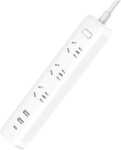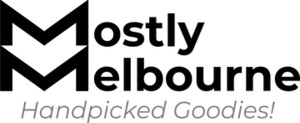is the newer version with USB C. Have one already, need this for office area.
Plz select $12 coupon and go to checkout to see the discounted price.
Mod note: There are concerns that this powerboard might lack AS/NZS 3105 approval and test specification. Please be aware that there might be safety risks involved in using a power board that have been imported from overseas or were designed for use in other countries (see comments for discussions)




 CamelCamelCamel
CamelCamelCamel

These are good for US style plugs. It's a shame they removed the EU plug compatibility in the newer ones.